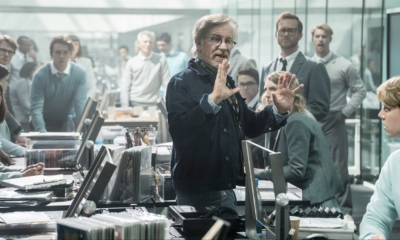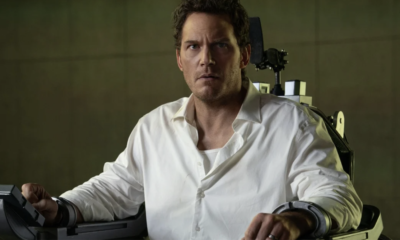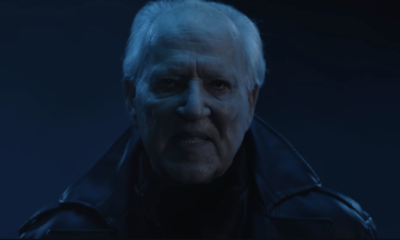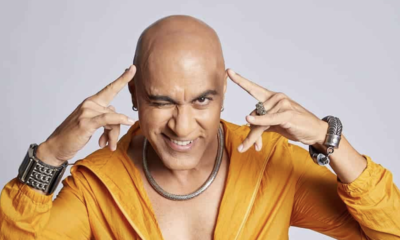COVID19
PM Modi leaves it on state governments to take final call on lockdowns
Not to buckle under international pressure, Prime Minister Narendra Modi has left to the respective state governments to take the final call on lockdowns. This comes as a contradiction to last year, wherein the central government had implemented a “strict” nationwide lockdown without warning. However, this time around, the Centre is hesitant to impose an outright lockdown because of fears of an economic slump.
Catherine Blish, an infectious disease specialist and global health expert at Standford Medicine in California, pointed out that one of the problems is the false narrative that it’s a full lockdown, which equates to economic disaster, or no lockdown, which is a public health disaster. “What’s happening now is a health and an economic disaster. If you have huge swaths of your population getting sick, that’s not good for your population or your economy.”
India is suffering the world’s worst second wave of COVID-19 infections, with deaths hitting a record of nearly 400,000 new cases on a daily basis. Raghuram Rajan, former governor of RBI, in an interview in Bloomberg Television said India’s soaring COVID cases has revealed complacency after last year’s first wave. “If you were careful, if you were cautious, you had to recognize that it wasn’t done yet,” he said. “Anybody paying attention to what was happening in the rest of the world, in Brazil for example, should have recognized the virus does not come back and potentially in more virulent forms.”
In April, a survey of the confederation’s members showed they were against lockdowns and wanted swift vaccination. In the past month, however, the collapsing health infrastructure and mounting death toll has revealed the extent of the crisis. A lack of adequate vaccine doses has only added to the chaos.
Moreover, economists have warned that failure to flatten the virus curve could exert pressure on monetary and fiscal policies at a time when most of the conventional space available has already been used. Health experts believe the most immediately effective way to break the chain of transmission is to keep people far enough apart (social distancing) that the virus can’t jump from one to another.
Also Read: 19 companies filed applications under PLI scheme for IT Hardware
However, the central government says a complete nationwide lockdown isn’t possible and would be disastrous for the poor, who have already suffered the most during the pandemic. As such, it has left it entirely to the state governments to decide on local lockdowns and restrictions.








































